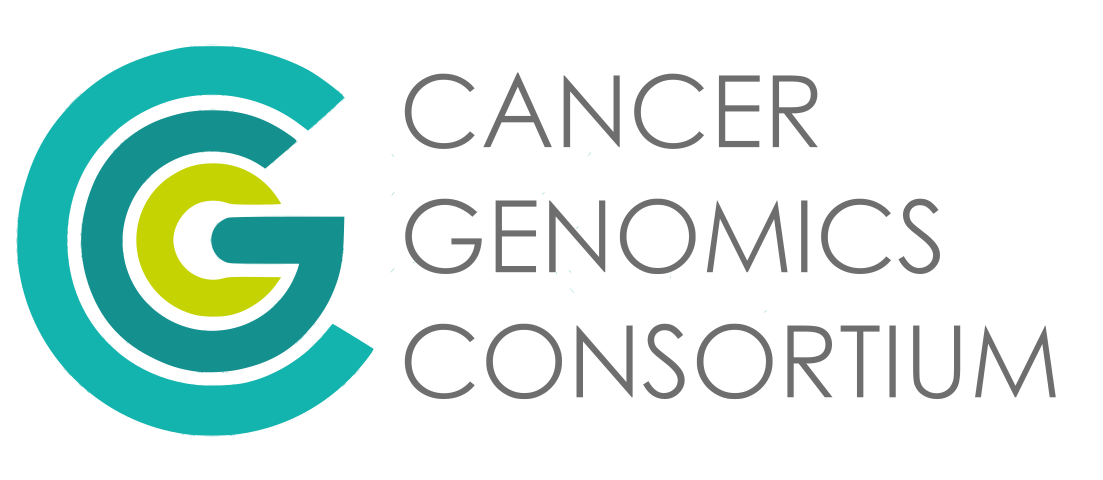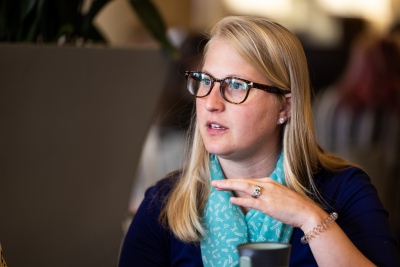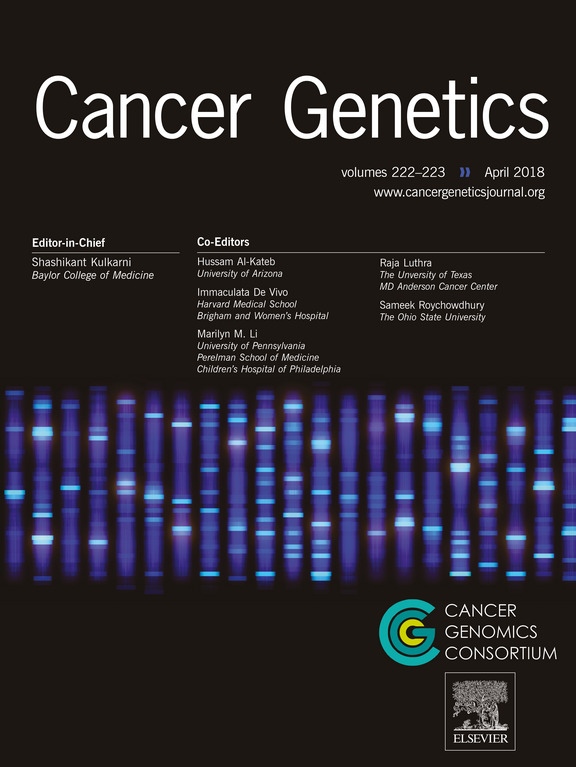Educational Resources

The Cancer Genomics Consortium (CGC) is committed to advancing education and knowledge-sharing in the field of clinical cancer genomics. The CGC offers a growing collection of quality educational resources aimed at enhancing the understanding and expertise in clinical cancer genomics and supporting clinicians and research professionals at every stage of their careers. CGC Educational Resources include access to recorded webinars, conference presentations, and curated resources covering key topics in genomic technologies, clinical applications, data interpretation, and more.



Notice and Disclaimer/Limitation of Liability of Resource Use
Data and information obtained from the Cancer Genomics Consortium (CGC) are provided as an educational resource only; they should not be used as a stand-alone resource for clinical decision making or reporting, as they may contain errors or omissions. Review of the data by an appropriately trained medical professional is required for clinical reporting. Some of these resource pages may include links to content created by commercial entities and/or which require a fee for service; the inclusion of such material is meant for educational purposes only and does not represent an endorsement of these entities by the CGC.
The CGC and all participating entities make no representation or warranty, express or implied, including without limitation any warranties of merchantability or fitness for a particular purpose or warranties as to the identity or ownership of data or information, the quality, accuracy or completeness of data or information, or that the use of such data or information will not infringe any patent, intellectual property or proprietary rights of any party. The CGC shall not be liable for any claim for any and all loss, harm, illness or other damage or injury arising from access to or use of data or information howsoever caused, including without limitation, any direct, indirect, incidental, exemplary, special or consequential damages, even if advised of the possibility of such damages. The data and information obtained shall not be used as a substitute for the user's skills, expertise and experience.
Data and information obtained from the Cancer Genomics Consortium (CGC) are provided as an educational resource only; they should not be used as a stand-alone resource for clinical decision making or reporting, as they may contain errors or omissions. Review of the data by an appropriately trained medical professional is required for clinical reporting. Some of these resource pages may include links to content created by commercial entities and/or which require a fee for service; the inclusion of such material is meant for educational purposes only and does not represent an endorsement of these entities by the CGC.
The CGC and all participating entities make no representation or warranty, express or implied, including without limitation any warranties of merchantability or fitness for a particular purpose or warranties as to the identity or ownership of data or information, the quality, accuracy or completeness of data or information, or that the use of such data or information will not infringe any patent, intellectual property or proprietary rights of any party. The CGC shall not be liable for any claim for any and all loss, harm, illness or other damage or injury arising from access to or use of data or information howsoever caused, including without limitation, any direct, indirect, incidental, exemplary, special or consequential damages, even if advised of the possibility of such damages. The data and information obtained shall not be used as a substitute for the user's skills, expertise and experience.


